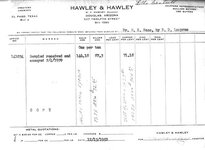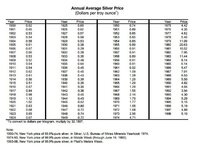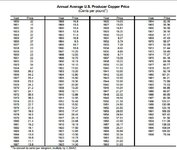I found this record recently and it really adds little to what wasn’t already known. But, I found the “details” interesting.
I’m not suggesting that this document proves or disproves anything. It is simply another piece of a large puzzle regarding Doc Noss.
I did a screen capture and, to make everything readable, I broke the record down into 3 sections. I hope it is clear.
There is second sheet that I haven’t included. It was simply a figure of a man on which the doctor had noted the location of all of Noss’s blemishes.
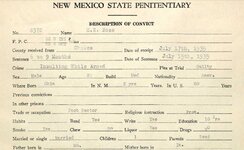
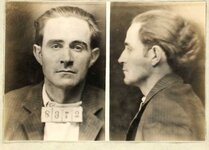

Some of the things "I" found interesting from the record:
Noss was 5’ 8” tall and weighed 146 pounds. (For some reason I got the impression he was a much larger man) I guess he still could have been a tough brawler but size does matter.
Noss states he has one child? I have no idea who the child would be but it may have been from an earlier marriage. There is a Milton Noss in a 1930 directory in Pampas, Texas, who is living with a Myrle (That’s all I have found so far)
Ova is living in Long Beach, California? I have not found any relatives there and it was the depression so I don’t know why she took her family to Long Beach.
The information regarding Doc’s parents is right on. (Both were dead and their place of birth is correct)
Doc had 10 years of education. I always wondered how he came to take up the care of feet as his profession. It doesn't sound like he had much formal training.
Doc had been in New Mexico 2 years. This is the same timeline that John Clarence has. It appears this first 2 years were spent in eastern New Mexico and there is no evidence that I have found that he had reached the Hot Springs area by 1935. The reason I mention this is that people have seemingly accepted the story that Doc and Willie Douthit crossed paths. So far, I can’t match them in my timeline.
Garry
I’m not suggesting that this document proves or disproves anything. It is simply another piece of a large puzzle regarding Doc Noss.
I did a screen capture and, to make everything readable, I broke the record down into 3 sections. I hope it is clear.
There is second sheet that I haven’t included. It was simply a figure of a man on which the doctor had noted the location of all of Noss’s blemishes.



Some of the things "I" found interesting from the record:
Noss was 5’ 8” tall and weighed 146 pounds. (For some reason I got the impression he was a much larger man) I guess he still could have been a tough brawler but size does matter.

Noss states he has one child? I have no idea who the child would be but it may have been from an earlier marriage. There is a Milton Noss in a 1930 directory in Pampas, Texas, who is living with a Myrle (That’s all I have found so far)
Ova is living in Long Beach, California? I have not found any relatives there and it was the depression so I don’t know why she took her family to Long Beach.
The information regarding Doc’s parents is right on. (Both were dead and their place of birth is correct)
Doc had 10 years of education. I always wondered how he came to take up the care of feet as his profession. It doesn't sound like he had much formal training.
Doc had been in New Mexico 2 years. This is the same timeline that John Clarence has. It appears this first 2 years were spent in eastern New Mexico and there is no evidence that I have found that he had reached the Hot Springs area by 1935. The reason I mention this is that people have seemingly accepted the story that Doc and Willie Douthit crossed paths. So far, I can’t match them in my timeline.
Garry


